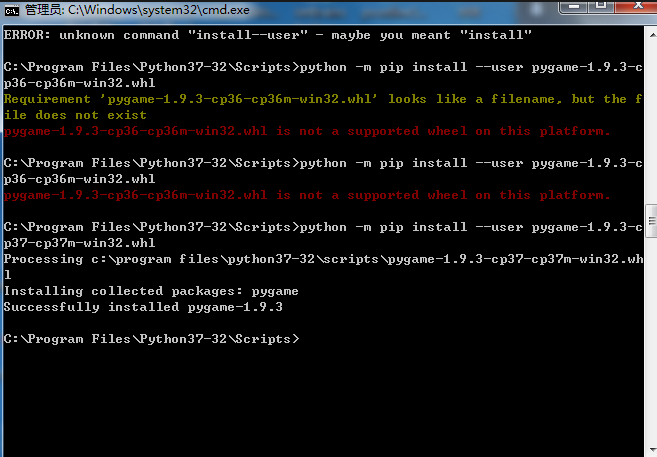

CubicWebĬubicWeb is a semantic web application framework that empowers developers to build web applications by reusing components and object oriented design principles. Along with standard dialog, it includes dockable windows, 2d path drawing API, support for various file formats, and both word processing and text editing widgets. It allows you to easily create programs with a robust, highly functional graphical user interface. WxPython is a cross platform GUI library written in C++. It doesn’t enforce a specific template engine or database adapter.
No module named libavg full#
Werkzeug is a WSGI utility library for Python, packed with powerful debugger, cache control header, full featured request and response objects, HTTP utilities to handle tags, file uploads, cookie handling, URL routing system and a few community-contributed add-on modules. It understands about hyperlinks and has all tools to develop REST web services. It is extensible with a simple, coherent, universal extension and override mechanism supporting reusable code. Morepath is Python WSGI micro framework, which uses model driven and flexible approach. You can return a regular text, resource and renderable, either synchronously (via return) or asynchronously (via Deferred). It tries to do the right thing with what you return (in bytes). Klein is a micro web framework for creating production ready web services with Python. Furthermore, it comes with a DRY approach, which makes it an excellent tool with convention over configuration structure. It is built using Zope3 library and focuses on creating pluggable building blocks that you can use to build your application. Grok is a powerful Python web framework, for both beginners and experts.

Since its release in 1998, Zope continued to grow and evolved into many different applications, frameworks, libraries and tools. Zope2 is both a web framework and a general purpose application server. It doesn’t have templating language, database integration layer, and other features that can be provided by application-specific libraries. It includes functions like mapping URL to objects and calling objects to generate HTTP responses. Boboīobo is a lightweight framework for developing WSGI web applications. It supports OpenGL, makes use of hardware acceleration and variety of display elements like text, images, camera output, videos and vector graphics. It allows programmers and designers to quickly develop media applications. Libavg is a 3rd party library, written in C++ and scripted from Python. Pecan includes object-dispatch for easy routing and support for REST-style controllers, JSON and extensible template language. It’s a very lightweight framework that offers an extensive feature set for creating HTTP based applications. Pecan is a lean Python framework inspired by Pylons, CherryPy and TurboGears. Itty.py is a small web framework that currently supports Routing, basic responses, HTTP status codes, current-types, header, redirect, file uploads, URL parameters and static media serving. You can define input validation in one place, hide or grey out certain user interface elements in response to changing user rights and customize your system to display user interface elements differently depending on local language or user. Reahl allows you to build web applications purely in Python, using concepts familiar from GUI programming like reusable widgets and events. This list includes both popular and unknown frameworks (in no particular order). We’ve picked a few of those to save your time and effort. Well, there are a lot of frameworks out there to help you. Whereas a framework is a collection of module/packages which allows developers to finish their job quickly, without having to handle low level details like sockets, protocol or process/thread management. Python programming language integrates systems more efficiently.


 0 kommentar(er)
0 kommentar(er)
